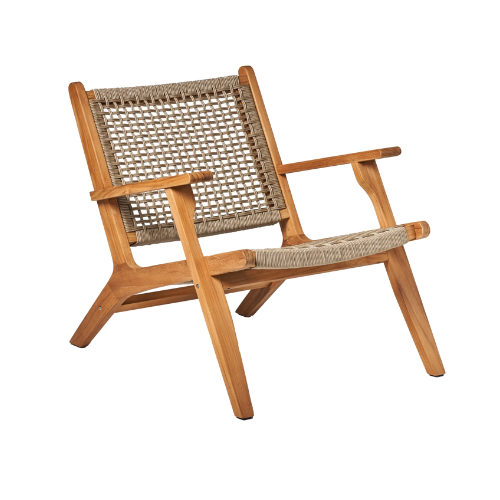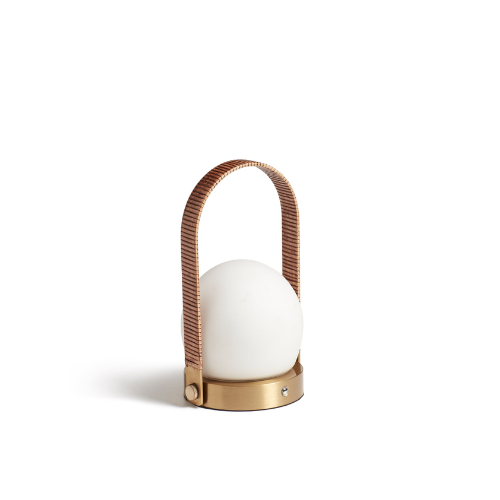These Are the 5 Most Outdated Garden Trends That You'll Want to Avoid — The Experts Have Spoken
For a beautiful outdoor space that will stand the test of time, these are the trends the experts say you should be avoiding
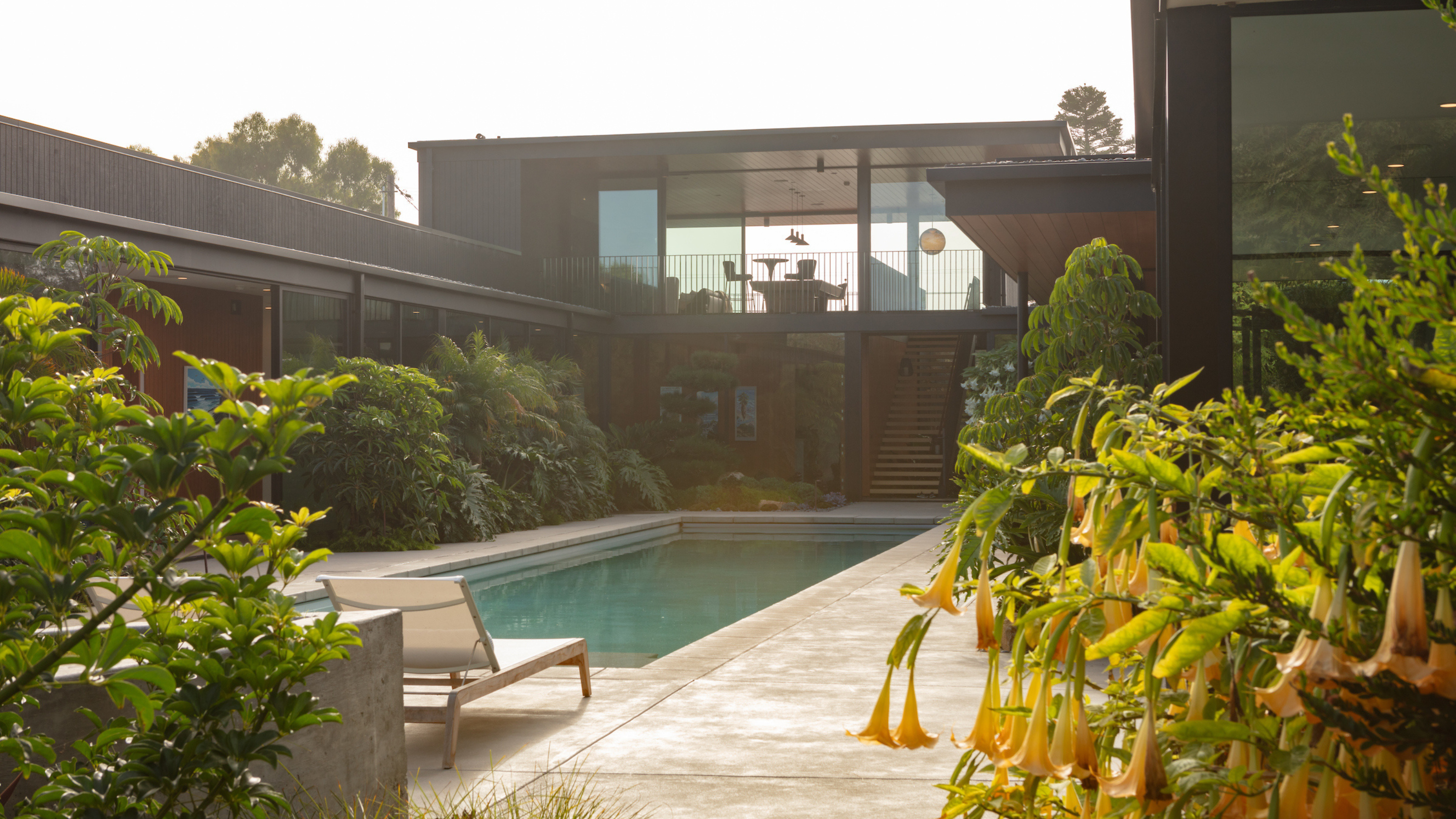

As the sun emerges from its winter slumber, we begin to focus more and more on the appearance of our garden. While, of course, the essential beauty of nature never goes out of style, there are a fair few garden trends that stick out as somewhat... outdated.
Gardening trends don't only rely on their aesthetic appeal, though. The way you design your garden will have direct effects on your local ecosystem, something we are becoming increasingly aware of, and actively bearing in mind when designing our outdoor spaces. The most beautiful, garden trends are those that combine striking, contemporary designs with gardening tactics that promote biodiversity.
So, to teach us the way forward when it comes to our outdoor spaces, our expert landscape designers and gardeners have offered up their thoughts on the most outdated garden trends that they don't want to see anymore.
1. Colored Mulch
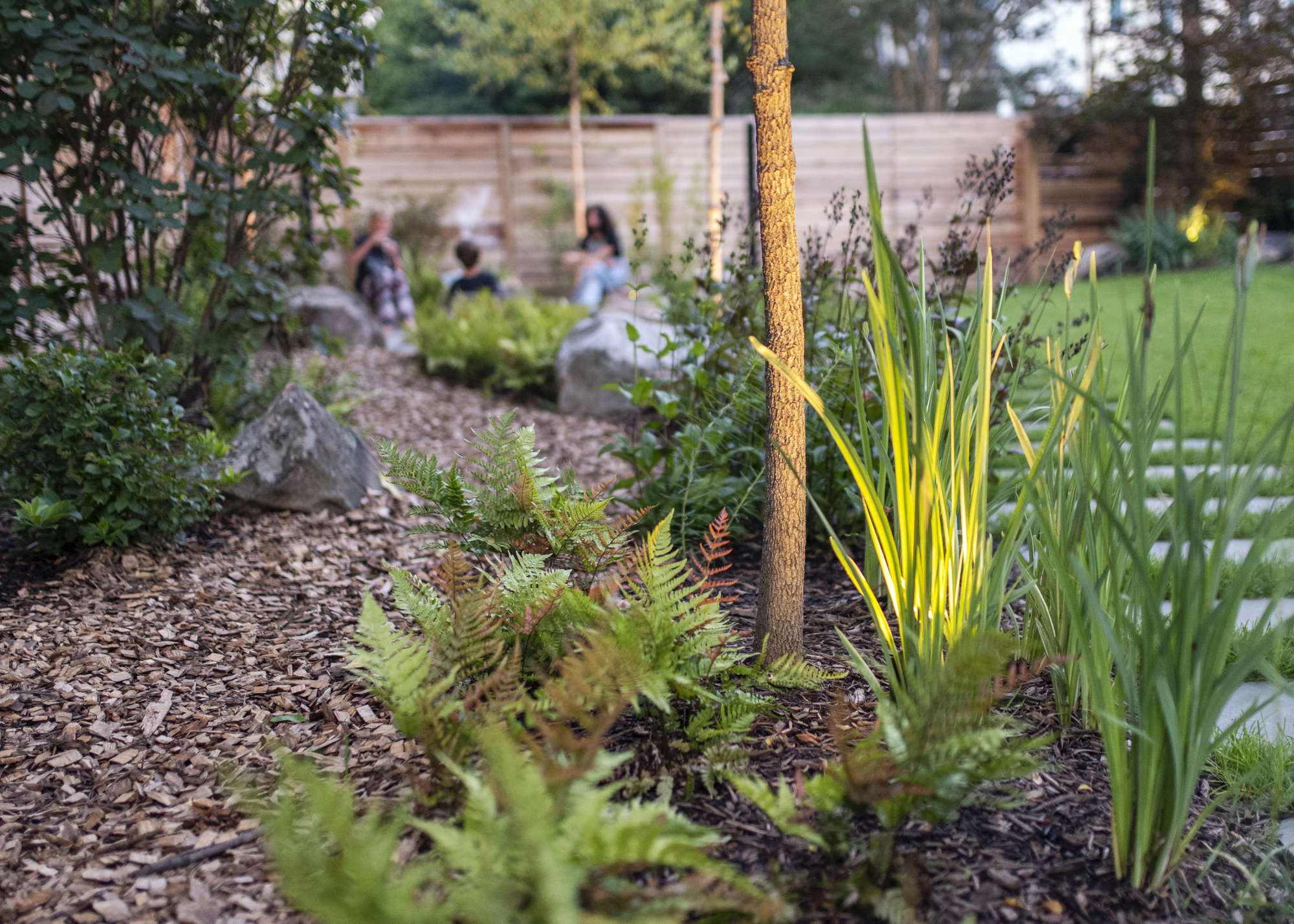
"Stick with a shredded hardwood mulch which, when properly aged, should be a nice dark brown color," says Jordan.
If there's one overarching theme to the trends we now favor in our gardens, it's the general move towards more natural, organic designs. That means anything obviously synthetic, or fake, is very much a thing of the past.
Alexander Betz, landscape designer and founder of Plant by Number, tells us, "The days of bright red, brick-colored mulch are fading. Once popular for its bold contrast and look in landscapes, the unnatural hue now feels out of step with today’s preference for more organic, earth-toned designs."
This trend goes beyond a surface, visual dislike; there are more functional, environmental reasons to explain the move away from using this way to mulch your garden.
"Beyond aesthetics, red-dyed mulch is often made from recycled wood that may contain chemicals harmful to soil health," explains Alexander, "After peaking in popularity from the late ’90s through the early 2010s, red mulch began falling out of favor around 2014 as homeowners and designers shifted toward natural bark, decomposed granite, and darker mulches that both complement plants and support soil vitality."
The Livingetc newsletters are your inside source for what’s shaping interiors now - and what’s next. Discover trend forecasts, smart style ideas, and curated shopping inspiration that brings design to life. Subscribe today and stay ahead of the curve.
This reflects our rising interest in promoting biodiversity and wildlife gardening.
Jordan Clough of Richardson & Associates Landscape Architecture agrees and says, "Colored mulch has been out of date for some time, but we still see it from time to time! Mulch without any additives provides a lot of benefits to your garden, as well as a nice neutral backdrop that allows the colors of your plants, not the mulch, to be the stars of the garden."
Jordan is a designer with over a decade in the field. His keen artistic bent, knowledge of native plant ecology, and life-long concern for the environment are evident in all his designs. At R&A, Jordan focuses on creating customized, functional outdoor experiences for his clients via detailed execution and a deep understanding of construction.
2. Symmetrical Designs
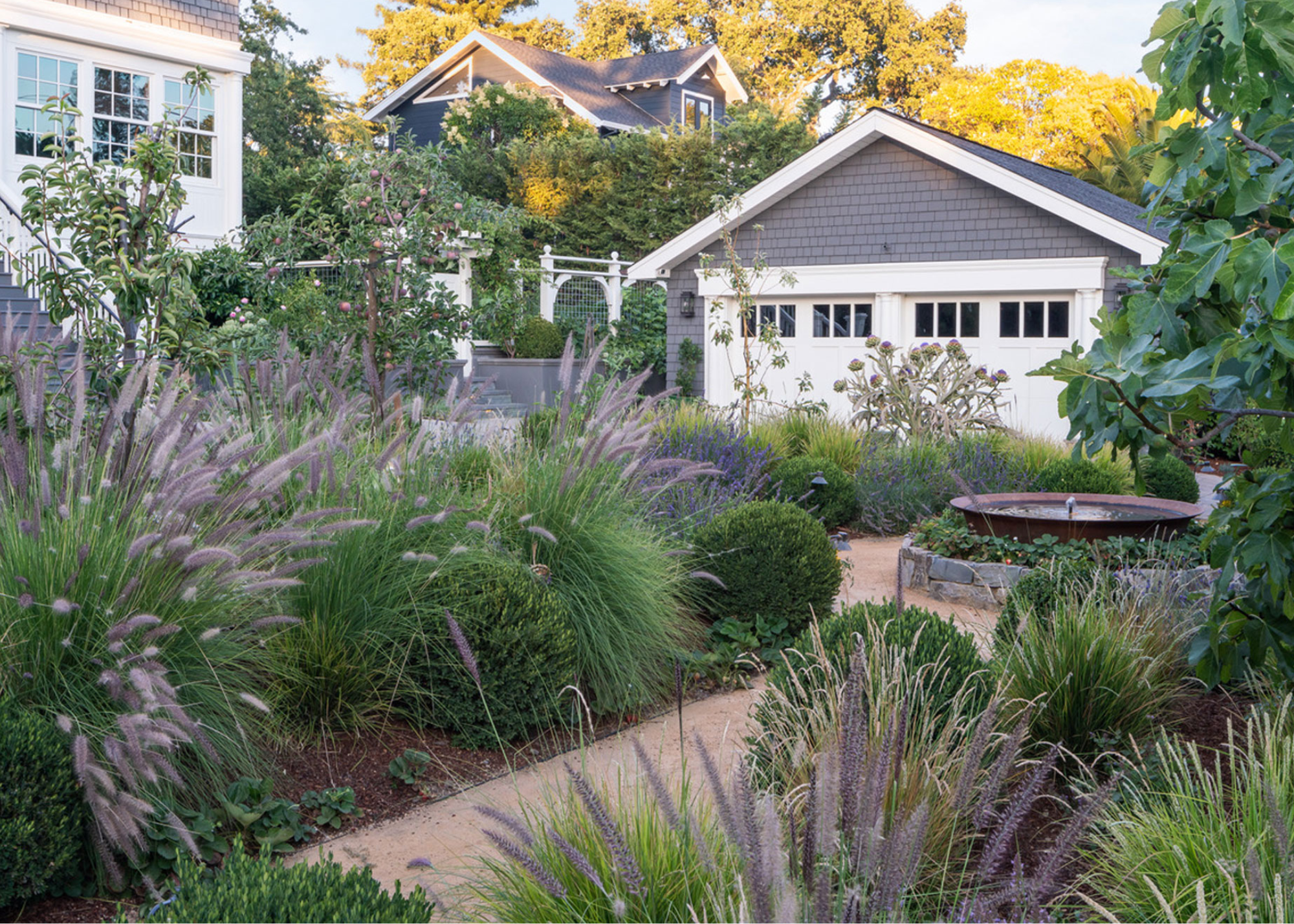
"Today’s modern landscapes favor flowing lines, native plants, and organic layouts that create a softer, more inviting feel while working in harmony with nature," says Alexander.
Once the height of elegance and luxury, we are seeing a move away from the highly manicured, symmetrical designs of the past.
"European estate-style gardens with strict symmetry and formal structure were all the rage from the early 1990s through the 2000s, offering a polished, elegant look," Alexander explains, "But over time, these rigid, high-maintenance designs began to feel less welcoming and less in tune with the environment."
This is, again, another example of our tendency towards more wild, biodynamic gardening.
"As landscaping trends evolved, there was a clear shift toward asymmetrical, naturalistic styles that are more sustainable and supportive of biodiversity," comments Alexander.
3. Imported Plants
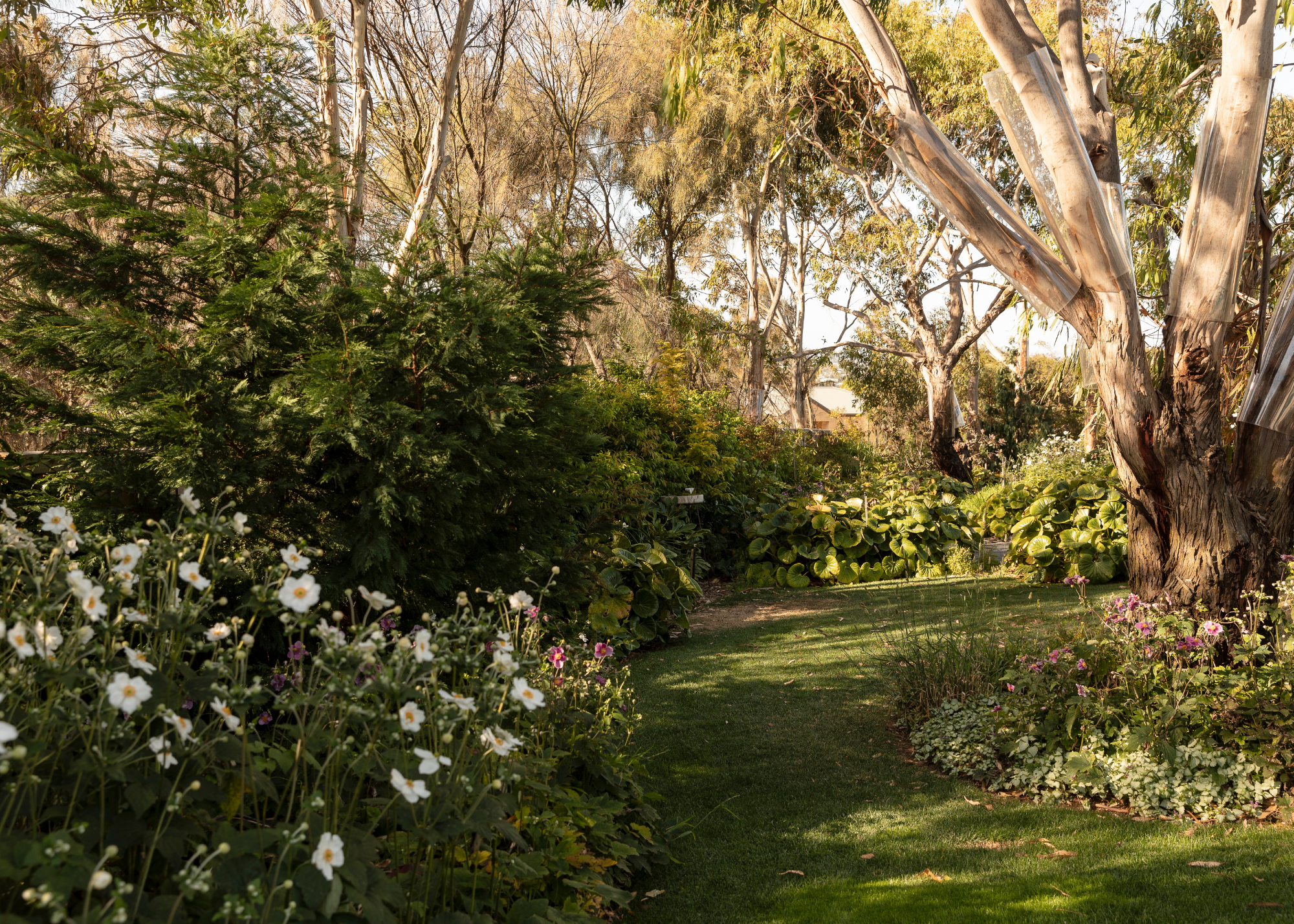
"Instead, I recommend including native and regionally adapted plants for both beauty and ecological impact. Gardens that work with nature instead of against it are bound to be more successful," says Katherine.
Over recent years, we've developed a more thorough understanding of the environmental impacts of utilizing imported, exotic plants in our garden designs. This has, in turn, had an effect on the progression of gardening trends.
"One of the biggest trend shifts I've noticed in the industry is in plant selection," says Jordan.
He explains, "There are species and cultivars that were very popular 20 years ago that, due to overuse or misuse, are now seen as outdated, especially in the residential market. This includes species such as Nandina, Gold Mop Cypress, and Spotted Acuba. These plants have very specific qualities that made them popular (ie, Nandina's winter berries), but almost all are introduced from other parts of the world, and some turned out to be quite invasive."
These plants often have to travel across the world just to end up in your backyard, even though there are often several local plant species that you can source that may look just as effective.
Landscape designer Katherine Aul Cervoni agrees, saying, "Choosing plants just for looks without considering their adaptability can lead to water waste and higher failure rates. It also misses the chance to support local ecosystems."
Katherine "Kat" Aul Cervoni is the founder and principal of Staghorn as well as the blog, The Cultivation. Her passion for all things outdoor living is driven by her desire to help people reconnect to nature wherever they can. She believes that outside spaces should exist as natural extensions of the interiors, and brings this ethos to all her design projects.
4. Overuse of Annuals
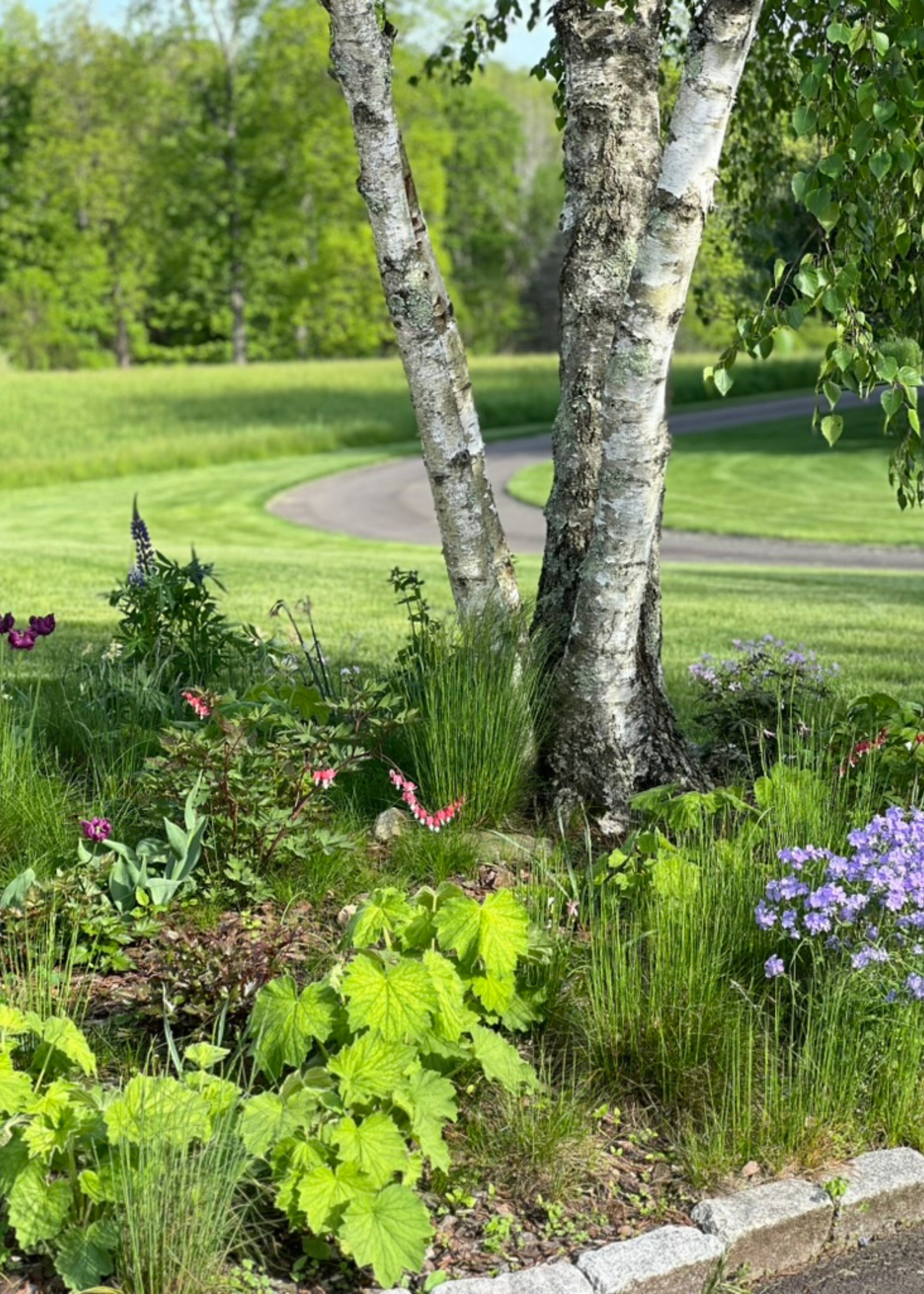
"Instead, I recommend filling your borders with perennials and woodies for a more nuanced aesthetic. I personally use about 95-100% perennials and woodies in my garden beds, but for someone who wants to play a bit more with annuals, I would give them the guidelines of 80% perennial/wood and 20% annuals as the max allowance," says Katherine.
"I can get behind using annuals sparingly throughout a garden bed to fill in gaps and add fun pops of color, but a heavy-handed, or blanket use of them can end up feeling a bit cartoonish and artificial," says Katherine.
Annuals become particularly popular in garden design due to their bright colors and playful appearance. But the same virtues that once appealed have now become slightly off-putting, and though they are great flowers for beginner gardeners, they lack the elegance we look for in our backyards.
"Not to mention that many of them have low ecological value, can be resource hogs, and have to be replanted each year," continues Catherine.
5. Traditional Tiling
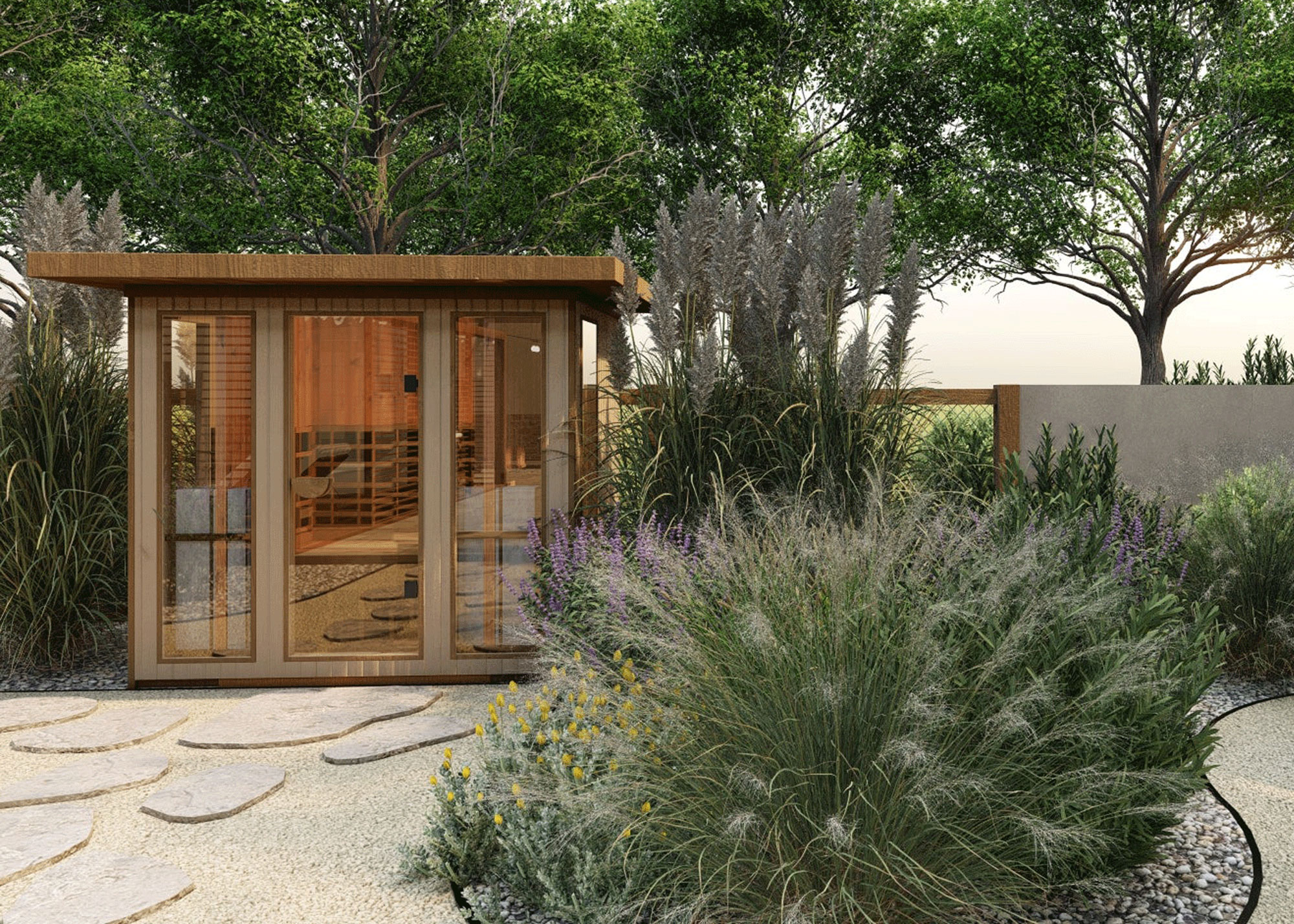
"Think curved seating, open-plan layouts, and flooring choices that feel more refined than busy tiles or slatted wood," says Chloe.
Garden trends aren't limited to your plants, though. Your garden furniture and flooring are both equally subject to the turning of the trend cycle, and we're seeing a shift away from the materials that have dominated our gardens for the past years.
Chloe Barrow, interior expert at Laura James, explains, "Some garden features like patterned tiles and classic wood decking are quickly falling out of favour. We’re moving towards a softer, more considered approach, where Euro Summer styling meets a new wave of modern maximalism, embracing statement features while still being thoughtfully styled."
This contemporary, playful approach to your garden design can result in an eye-catching space you'll be happy to spend several summers to come in.
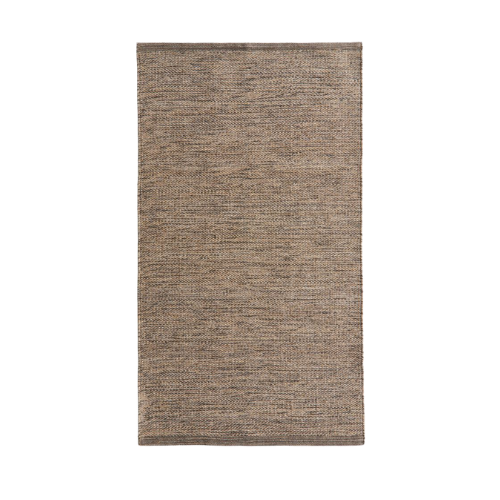
An outdoor rug is one of the easiest ways to elevate your garden setup and bring a touch of the indoors out. This speckled, brown woven one captures the organic feel we're striving for in garden design at the moment.
With the knowledge of all the trends to avoid, as well as the ones to do instead, your garden will be summer-ready in no time. All you need now is some trendy outdoor furniture to complete it, and we're calling it, the outdoor sling chair is going to be the icon of this summer.
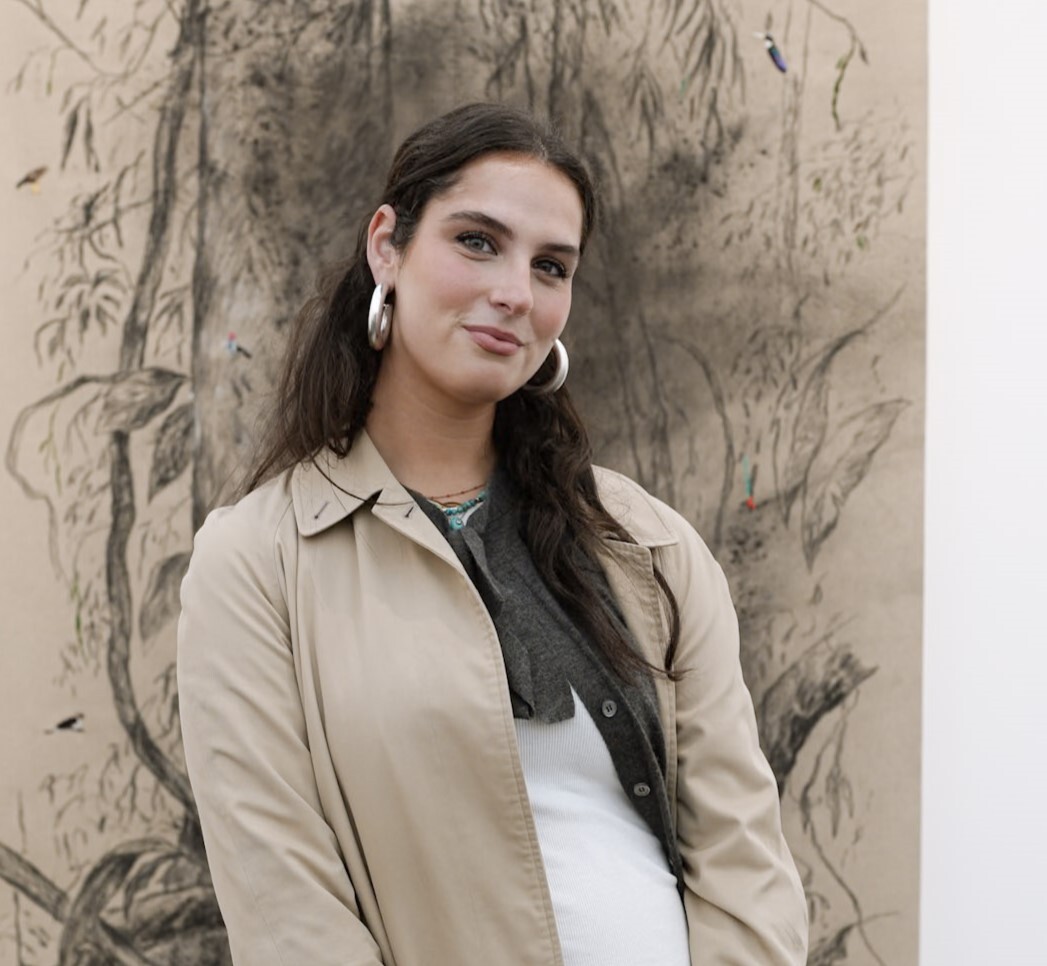
Maya Glantz is a Design Writer at Livingetc, covering all things bathrooms and kitchens. Her background in Art History informed her love of the aesthetic world, and she believes in the importance of finding beauty in the everyday. She recently graduated from City University with a Masters Degree in Magazine Journalism, during which she gained experience writing for various publications, including the Evening Standard. A lover of mid-century style, she can be found endlessly adding to her dream home Pinterest board.
